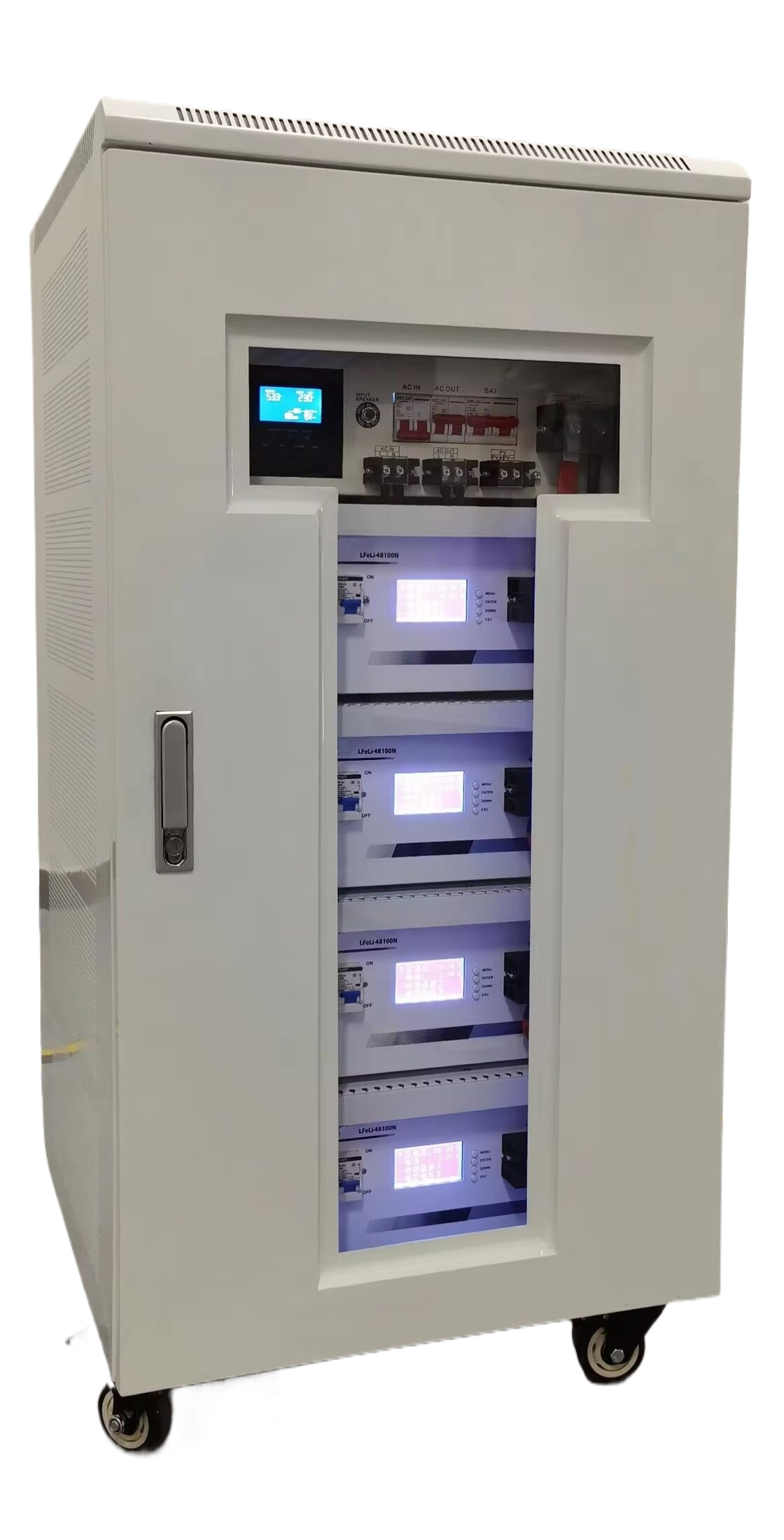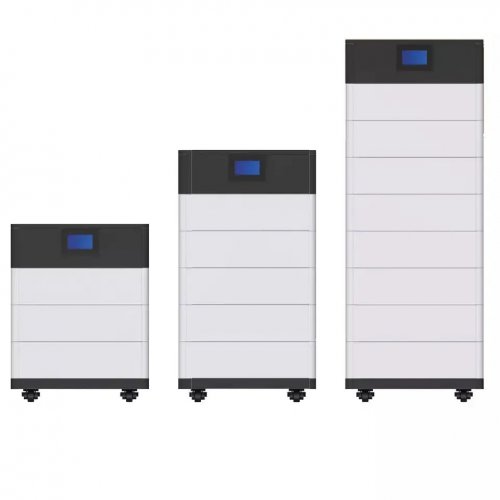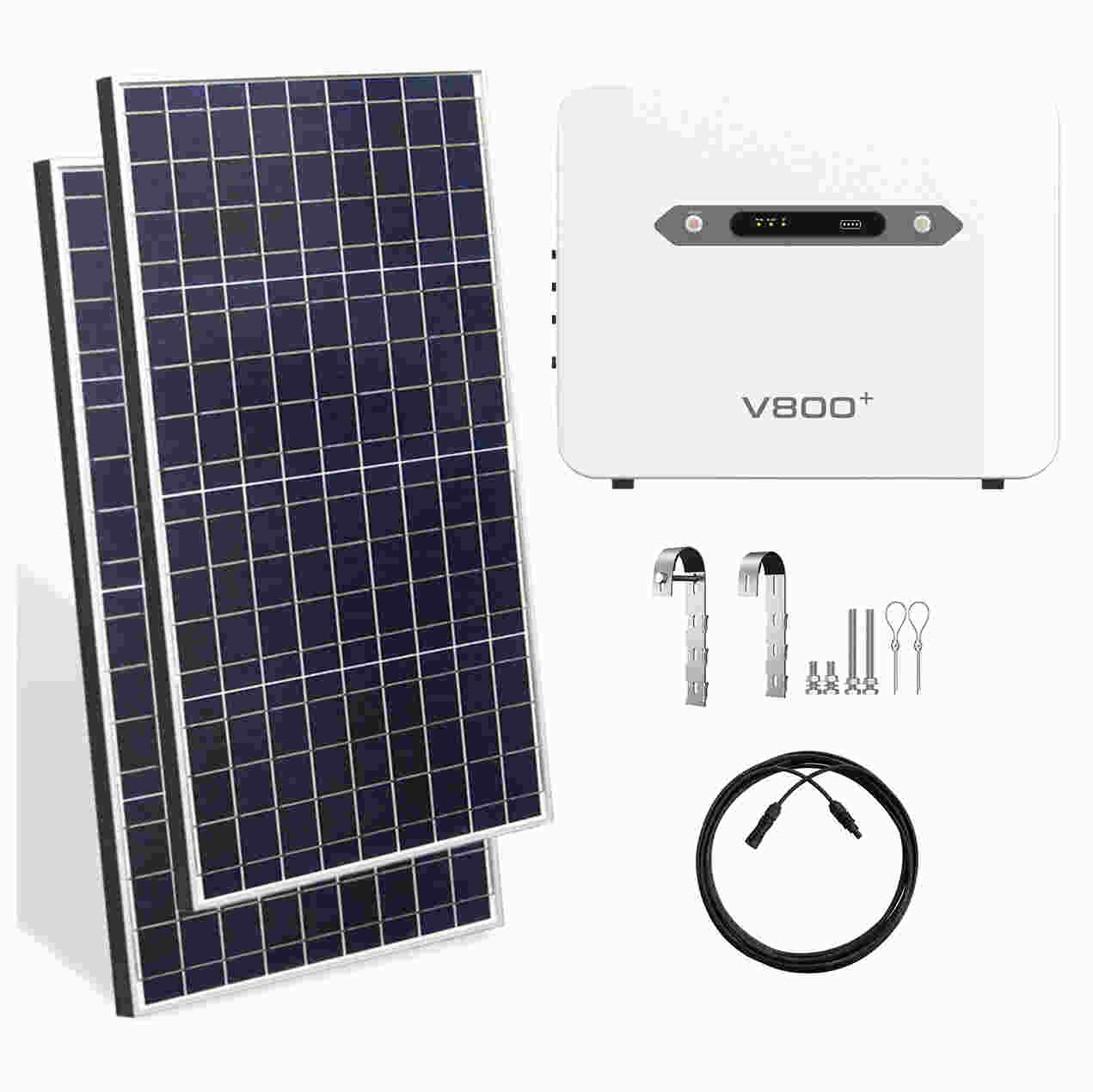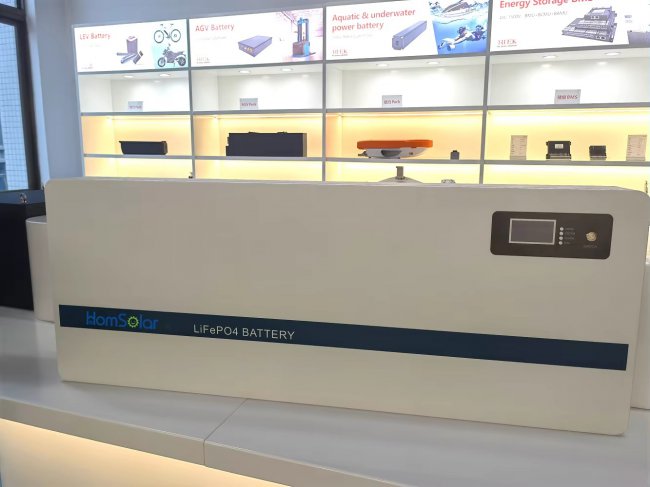Safety Features Assessment Review: A Comprehensive Look At Modern Vehicle Safety Systems
The modern automobile has evolved from a simple mode of transportation into a sophisticated hub of technology, with a primary focus on protecting its occupants. This safety features assessment delves into the comprehensive suite of advanced driver-assistance systems (ADAS) and passive safety elements found in a contemporary vehicle, evaluating their functionality, real-world application, and overall impact on driver and passenger security.
Product Functionality: A Multi-Layered Shield
The safety architecture of the vehicle under review is built upon a multi-layered approach, integrating proactive, active, and passive systems designed to work in unison.
The proactive layer is dominated by the ADAS suite, which utilizes a network of cameras, radars, and ultrasonic sensors. Key features include:Adaptive Cruise Control (ACC): This system goes beyond standard cruise control by automatically adjusting the vehicle's speed to maintain a safe following distance from the car ahead, significantly reducing driver fatigue on long journeys.Lane Keeping Assist (LKA) and Lane Departure Warning (LDW): Using forward-facing cameras, the system monitors lane markings. LDW provides audible or haptic feedback if an unintentional lane drift is detected, while LKA can provide gentle steering input to guide the vehicle back into its lane.Automatic Emergency Braking (AEB): Perhaps the most critical active feature, AEB can detect an imminent collision with a vehicle, pedestrian, or cyclist. It first provides visual and audible warnings before pre-charging the brakes. If the driver fails to react, the system can autonomously apply full braking force to mitigate or avoid the impact.Blind-Spot Monitoring (BSM) with Rear Cross-Traffic Alert (RCTA): Sensors monitor the areas alongside and behind the vehicle. BSM provides a visual alert on the side mirrors if a vehicle is detected, while RCTA warns the driver of approaching cross-traffic when reversing out of a parking space.
The passive safety layer forms the last line of defense. This includes a high-strength steel safety cage, a comprehensive array of airbags (front, side, curtain, and often a front-center airbag), and pre-tensioning seatbelts that instantly tighten in the event of a collision to hold occupants firmly in place.
Advantages: Enhanced Awareness and Accident Mitigation
The advantages of this integrated safety system are profound. The most significant benefit is the tangible reduction in driver workload and the enhancement of situational awareness. Features like Blind-Spot Monitoring and Rear Cross-Traffic Alert effectively eliminate common blind spots, making lane changes and reversing maneuvers considerably safer. On highways, the combination of Adaptive Cruise Control and Lane Keeping Assist creates a semi-autonomous driving experience that greatly reduces fatigue and helps prevent accidents caused by momentary lapses in concentration.
The crown jewel of the system, Automatic Emergency Braking, provides a critical safety net. There are countless documented instances where AEB has prevented low-speed collisions in urban traffic, effectively paying for the cost of the technology in a single avoided accident. Furthermore, the peace of mind offered by knowing the vehicle is constantly monitoring its environment and is prepared to intervene is an intangible yet highly valuable asset for any driver, especially those with families.
Disadvantages: System Limitations and Potential for Over-Reliance
Despite their advanced nature, these systems are not infallible and come with inherent limitations. Sensor performance can be severely degraded by adverse weather conditions. Heavy rain, fog, or snow can obscure cameras and confuse radar sensors, leading to system shutdowns or false alerts. Similarly, faded or obscured lane markings can render Lane Keeping Assist ineffective.
Another notable drawback is the potential for driver complacency. There is a genuine risk that drivers may begin to over-rely on these assistance systems, treating them as fully autonomous driving solutions. This can lead to a dangerous degradation of fundamental driving skills and attentiveness. The "hand-off" warnings from the steering wheel sensor are a necessary but often nagging reminder that the driver must remain engaged.
Finally, the cost of ownership is a consideration. While these features are becoming standard, repairing them after a minor collision is expensive. A cracked windshield housing a forward-facing camera requires not just a new windshield but also a costly and time-consuming system recalibration by a certified technician.
Actual Usage Experience: A Competent, Sometimes Cautious Co-Pilot
In daily use, the safety suite functions like a competent, if sometimes overly cautious, co-pilot. On clear days on well-marked highways, the systems operate seamlessly. The Adaptive Cruise Control smoothly manages speed in relation to traffic, and the gentle steering nudges from the Lane Keeping Assist are unobtrusive yet confident.
However, the experience is not without its quirks. The Automatic Emergency Braking system occasionally issued a sudden warning chime when a car in an adjacent lane turned away, a scenario that was not actually dangerous but one the sensor interpreted as a potential threat. Furthermore, while the Lane Keeping system is generally effective, it can exhibit a "ping-pong" effect between lane markings on wide or poorly marked roads, making it feel less refined. Drivers must learn the specific behaviors and limitations of their vehicle's systems, a process that takes time and experience.
Conclusion
This safety features assessment concludes that the modern ADAS and passive safety suite represents a monumental leap forward in automotive safety. The layered approach of proactive warnings, active interventions, and robust passive protection creates a remarkably secure environment for occupants. The systems demonstrably reduce driver stress and have a proven, positive impact on accident prevention and mitigation.
However, it is paramount to view these technologies as assistive tools, not replacements for an alert and engaged driver. Their performance is contingent on ideal conditions, and they can exhibit limitations. The ideal user is one who appreciates the safety net these features provide but never ceases to pay full attention to the road. When understood and used correctly, these advanced safety features are an invaluable asset, making every journey significantly safer for everyone on the road.
Customized/OEM/ODM Service
HomSolar Supports Lifepo4 battery pack customization/OEM/ODM service, welcome to contact us and tell us your needs.


HomSolar: Your One-stop LiFePO4 Battery Pack & ESS Solution Manufacturer
Our line of LiFePO4 (LFP) batteries offer a solution to demanding applications that require a lighter weight, longer life, and higher capacity battery. Features include advanced battery management systems (BMS), Bluetooth® communication and active intelligent monitoring.

Customised Lithium Iron Phosphate Battery Casing
ABS plastic housing, aluminium housing, stainless steel housing and iron housing are available, and can also be designed and customised according to your needs.

HomSolar Smart BMS
Intelligent Battery Management System for HomSolar Energy Storage System. Bluetooth, temperature sensor, LCD display, CAN interface, UART interface also available.


Terminals & Plugs Can Be Customized
A wide range of terminals and plugs can be customised to suit the application needs of your battery products.

Well-designed Solutions for Energy Storage Systems
We will design the perfect energy storage system solution according to your needs, so that you can easily solve the specific industry applications of battery products.



About Our Battery Cells
Our energy storage system products use brand new grade A LiFePO4 cells with a battery lifespan of more than 4,000 charge/discharge cycles.



Applications in Different Industries
We supply customized & OEM battery pack, assemble cells with wiring, fuse and plastic cover, all the cell wires connected to PCB plug or built BMS.
Applications: E-bike, Electric Scooter, Golf Carts, RV, Electric Wheelchair, Electric Tools, Robot Cleaner, Robot Sweeper, Solar Energy Storage System, Emergency Light, Solar Power Light, Medical Equipment, UPS Backup Power Supply.
We can provide you with customized services. We have the ability to provide a vertical supply chain, from single cells to pack/module and to a complete power solution with BMS, etc.


HomSolar (Shenzhen) Technology Co., Ltd
























